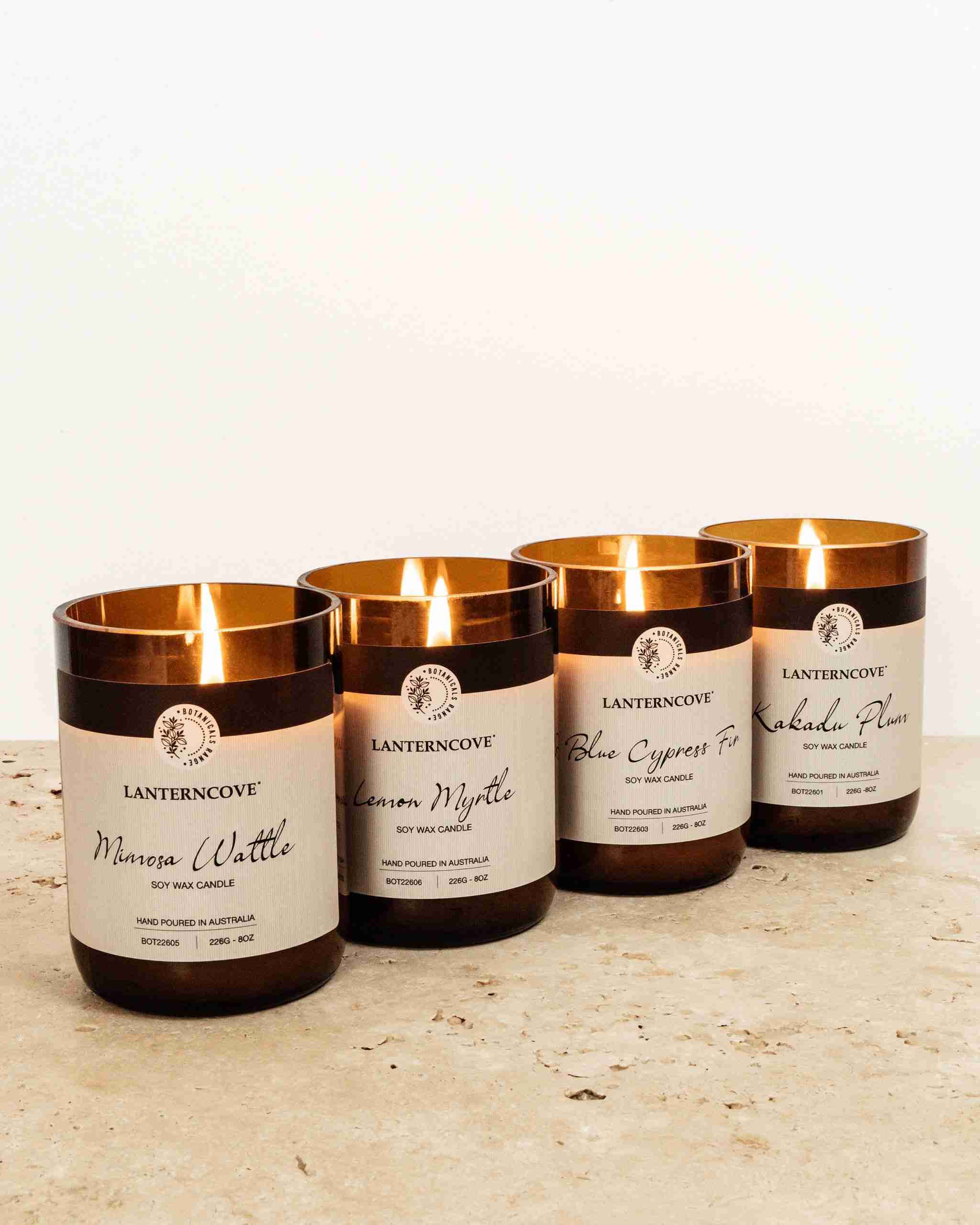Explore the Magic of Crystal Soy Candles and Home Fragrance
From Wick to Wax: Recognizing the Chemistry Behind Soy Wax Candles and Their Ecological Influence
As we brighten our rooms with the cozy radiance of candle lights, there exists a world of detailed chemistry behind the apparently easy act of lighting a soy wax candle light. Join us as we decipher the scientific complexities behind soy wax candle lights and explore their implications on our setting.
Soy Wax Vs. Paraffin Wax
When comparing soy wax and paraffin wax for candle light production, it is important to comprehend the distinctive features and advantages of each product. Soy wax is an all-natural, renewable energy originated from soybean oil, making it green and biodegradable - soy candles. On the other hand, paraffin wax is a by-product of oil refining, which raises problems regarding its ecological effect and sustainability
Soy wax candles shed cleaner and release much less soot contrasted to paraffin wax candle lights, making them a much healthier choice for interior air high quality. In addition, soy wax has a reduced melting point, permitting a longer-lasting candle light that spreads scent extra successfully. Paraffin wax, on the various other hand, has a tendency to burn faster and much less cleanly, potentially launching hazardous chemicals right into the air.
From a sustainability perspective, soy wax is preferred for its biodegradability and renewable sourcing, lining up with the growing consumer choice for environmentally conscious items. While paraffin wax has been a typical choice in candle light making as a result of its cost and convenience of usage, the change towards eco-friendly alternatives like soy wax is acquiring momentum in the market.
Chemical Composition of Soy Wax

Burning Process in Soy Candles
The chemical structure of soy wax straight affects the combustion process in soy candle lights, impacting factors such as burn time, aroma release, and environmental effect. When a soy candle is lit, the warmth from the flame thaws the wax near the wick. This liquid wax is after that created the wick because of capillary activity. As the liquid wax reaches the flame, it undertakes and vaporizes burning. The burning procedure involves the vaporized hydrocarbons in the wax reacting with oxygen airborne to generate warmth, light, water vapor, and co2.
The combustion performance of soy candle lights is affected by the purity of the soy wax and the top quality of the wick. A clean-burning soy candle with a properly sized wick will certainly produce a stable flame and lessen soot formation. This not just prolongs the melt time of the candle light but also improves the release of fragrances. Additionally, soy wax candles have Continued a lower environmental impact compared to paraffin candles due to their naturally degradable and renewable nature.

Ecological Advantages of Soy Wax

Taken into consideration a sustainable alternative to standard paraffin wax, soy wax supplies notable ecological benefits that make it a popular choice amongst eco-conscious consumers. Soy wax burns cleaner and generates less soot than paraffin wax, contributing to far better interior air high quality and decreasing the need for cleaning and upkeep. Generally, the environmental advantages of soy wax line up with the expanding demand for lasting and environmentally friendly products in the market.
Recycling and Disposal Factors To Consider
Recycling and proper disposal of soy wax candle lights play a vital duty in preserving environmental sustainability and decreasing waste in families and areas. The very first step is to make certain that the candle has actually shed entirely when it comes to recycling soy wax candles. This can be accomplished by enabling the candle light to shed up until the wick is no more useful, and then allowing the remaining wax cool and strengthen. As soon as the wax has actually strengthened, it can be thoroughly article gotten rid of from the container.

In terms of disposal, if recycling is not an alternative, soy wax candle lights are naturally degradable and can be safely disposed of in the majority of house waste systems. check my blog Nonetheless, it is always advised to get in touch with neighborhood reusing facilities or waste administration solutions for certain standards on candle disposal to make sure appropriate handling and environmental management.
Final Thought
In conclusion, the chemistry behind soy wax candle lights reveals their environmental advantages over paraffin wax candle lights. Soy wax, derived from soybean oil, burns cleaner and creates much less soot when contrasted to paraffin wax.
When comparing soy wax and paraffin wax for candle light production, it is vital to comprehend the distinct attributes and advantages of each material (crystal soy candles).Soy wax candles melt cleaner and discharge much less soot contrasted to paraffin wax candle lights, making them a much healthier choice for interior air top quality.Considered a lasting choice to standard paraffin wax, soy wax uses noteworthy ecological advantages that make it a prominent choice among eco-conscious customers. Soy wax burns cleaner and produces much less soot than paraffin wax, contributing to much better indoor air high quality and decreasing the demand for cleaning and upkeep.In final thought, the chemistry behind soy wax candle lights exposes their environmental benefits over paraffin wax candles